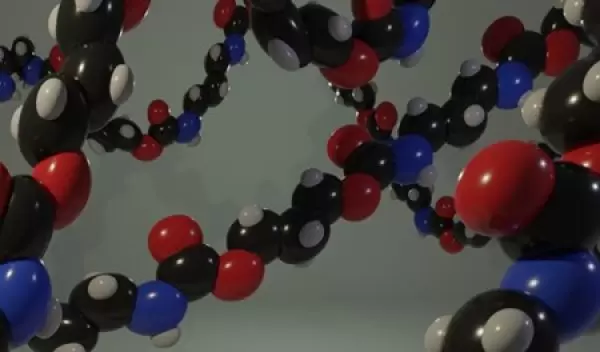
Water resistant coatings derived from self-healing polymers
U.S. National Science Foundation-funded researchers at the University of Illinois Urbana-Champaign have developed a new material by combining self-healing polymers into a thin film. The result is a durable ultrathin surface coating with a myriad of potential uses.
The specialized polymer has properties that allow it to form a self-healing, water resistant ultrathin coating. The material can be applied in nanolayers to aluminum, copper, silicon and steel. The team published the results in the journal Nature Communications.
Thin surface coatings present durability and endurance concerns, but this material could be the solution to some of the primary drawbacks. Thin surface coatings can develop small defects during the curing process that reduce efficiency. The new material self-repairs scratches and dings. Surface coatings that are resistant to damage from water and wear have increased functionality and longevity.
"Self-healing materials can recycle and reprocess themselves," said materials scientist and engineer Christopher Evans, a co-author. "We can successfully utilize the healing enabled by the dynamic bonds, allowing the coatings to self-repair in response to scratching or to prevent pinholes from growing."
The potential applications of the new material extend from power plants to manufacturing, with the new class of ultrathin coatings solving the deficiencies of longevity, sustainability and durability on a nano scale, the scientists say.


